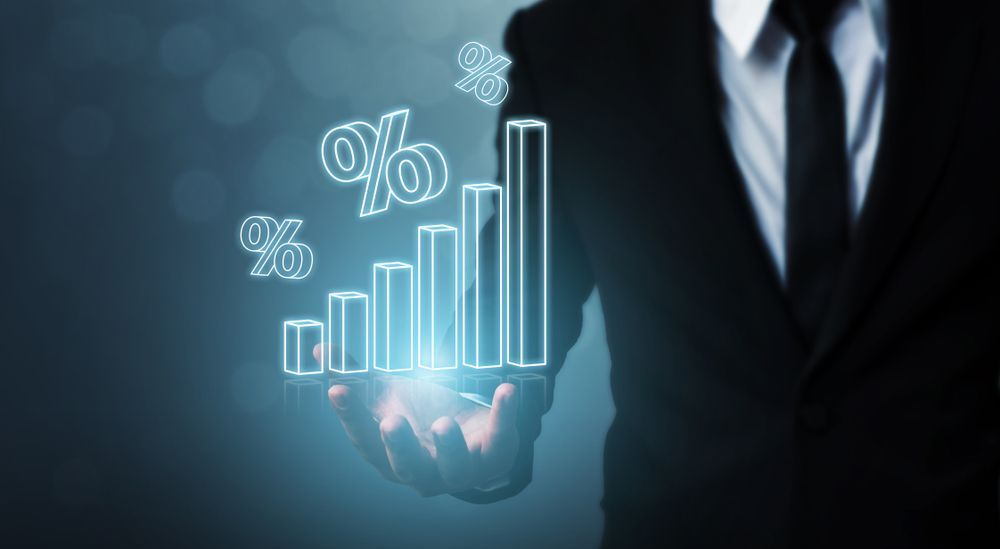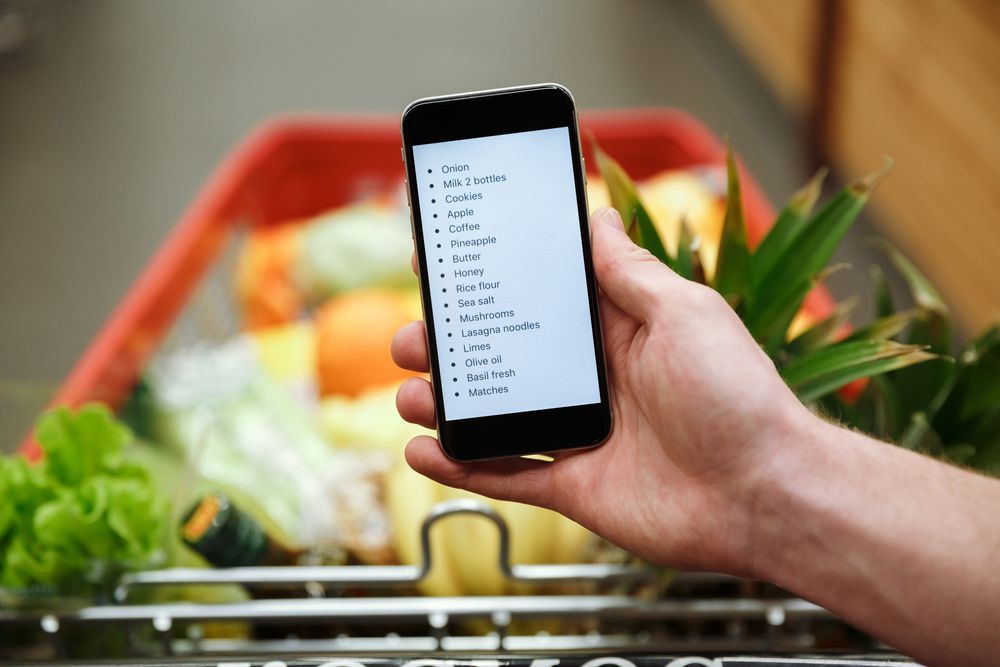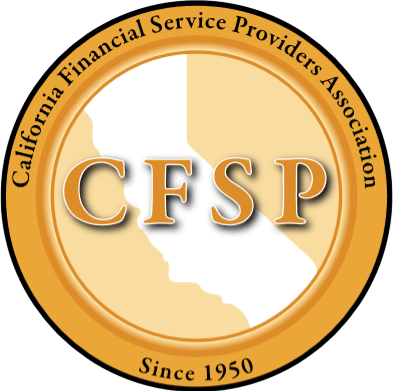15 Financial Tips to Help the Budget Balance
By MArcela De Vivo • April 19, 2023
When the end of the month draws near and bills are due, consumers might realize they have very little or perhaps nothing left over for food and other necessities. Unfortunately, many households find it difficult to make ends meet; CNBC reported that 63 percent of Americans subsist from one pay period to the next.
Making each paycheck stretch might be crucial, and even then it might seem as though debts and expenses exceed income. For those living from one pay period to the next, here are 15 financial tips to help the budget balance and maximize each dollar:
- Assess all expenses.
- Cut costs that are luxuries.
- Create a realistic budget.
- Shop sales.
- Use credit cards for emergencies only.
- Consider refinancing high-interest debt.
- Don’t fall for payment plans.
- Always make a shopping list.
- Use the power of technology.
- Schedule payments.
- Evaluate wasteful habits.
- Consider the ‘debt avalanche’ approach.
- Pay with cash.
- Be mindful of the bank account.
- Save just a little.
Evaluate All Monthly Expenses
If the end of the month (and bill due dates) draws near and there isn’t enough money left after those bills are paid, it’s time to assess expenses. To understand why money is low, consumers might need to figure out how they are spending their money throughout the month.
Use the last month’s bank statement to review all expenses. Consumers might be able to identify problematic spending patterns like making multiple trips to the store or paying for unnecessary ‘wants’ like fast food, movies, streaming services or beauty services. Evaluating expenses can help consumers identify areas of concern or find bad spending habits that they could correct.
However, some months might have an income shortfall because of an emergency expense like a doctor’s appointment, car maintenance, etc.

Cut Costs that are Luxuries
When consumers review their monthly expenses, they might discover that they are wasting a lot of money on items they don’t actually need. Luxury spending can break the budget. While a coffee at a café might only cost $3, if consumers are buying a cup every day or even once a week, those trips all add up.
In addition, the bank statement might reveal that there were several high-end purchases that were unnecessary. Some individuals subscribe to many different streaming services. Others love to buy the best brands or the latest fashions.
While these luxuries can add joy to life, they also could cause unnecessary financial stress if the individual cannot afford them. Luxuries should not crimp the food budget or make it more difficult to pay the rent, car payments or other necessary bills.
Review expenses and find items that splurges can be deleted in the future.
Create a Realistic Budget
Once unnecessary expenses have been identified, and individuals understand where their money has disappeared, it’s time to sit down and create a realistic monthly budget. In one column, include monthly income; use the take-home pay amount from salary or weekly hours (take-home pay is what’s left after taxes and other deductions). In a separate column, list out every monthly expense (fixed and variable). Include food, fuel, housing, insurance, utilities and everything debt, too (like credit cards).
Now compare the income to the expenses. Is there anything left? Ideally, individuals should have already identified expenses that could be cut from the budget.
Creating a budget that can be followed in the future requires individuals to know the exact amount of fixed expenses and to plan out estimates for variable expenses. Estimates should be liberal, as it’s better to overestimate than underestimate these costs. Stick to these estimates to guide spending habits. Each week, review the bank account and review what has already been paid or spent related to variable expenses and keep track of these habits.

Shop Sales
How can individuals save money on variable expenses like food, clothes and other necessary items? Shop for sales or clip coupons! In addition, choosing private-label (or generic) brands can help save money. Sometimes these private brands are actually name brands.
In the past, families used to clip coupons from ads in newspapers. Now there are apps and websites that offer printable coupons. Explore these resources to find valuable savings that can help consumers lower their spending at the store.
Use Credit Cards for Emergencies Only
Monthly payments on credit cards are another avoidable expense. Ideally, credit cards should be used only for emergency expenses or for small expenses that can be paid in full at the end of each month.
If consumers accrue a balance on their card, they are assessed interest on this balance if it isn’t paid in full. Interest rates can vary per card, and some rates can be quite high. Consumers who accrue a large balance could find that they are spending hundreds of dollars each month just on a monthly minimum payment for their card; paying only the minimum could take consumers years to pay the balance in full.
Reevaluate credit card use. Work on paying down balances and choose to only use cards for small expenses that can be paid in full.

Consider Refinancing High-Interest Debt
If an individual had a low credit score when applying for an auto loan or even a mortgage, they might have a higher interest rate. The economic conditions of the market also influence interest rates.
Consider refinancing loans and debts with a higher interest rate to possibly lower the monthly payment or even help pay off the loan balance sooner. In addition, a credit card balance might be transferable to a card with a lower interest rate; just be sure to read all the terms carefully as some low-interest rates for credit cards might only be offered during a promotional period.
Don’t Fall for Payment Plans
While choosing a payment plan to purchase a more expensive item can make the item more affordable, the consumer is stuck with this monthly debt until the item is paid in full. Before choosing to pay in installments, consumers might consider if they really need to purchase the item in the first place.
Luxury purchases might lead to more monthly debt if the individual chooses these installment plans. Instead of making payments, think about if the item is affordable with just one payment. If this doesn’t fit comfortably into the budget, then perhaps it’s not such a necessary expense.

Always Make a Shopping List
Grocery stores and big box retailers can make it tempting and all too easy to pick up an extra item or more on impulse. Items are placed strategically at checkout lanes to perpetuate the impulse buy. In addition, consumers may need to walk across the store to find an item that they need; this simple walk could lead to grabbing a few more items.
Rein in the impulsivity of the purchase by making a list. When grocery shopping, audit the cupboards, pantry, refrigerator and freezer to understand what is needed for the week. Individuals also could consider making a weekly menu to better assess what ingredients they need.
When visiting retailers for clothes or other items, a list also can be helpful. When consumers make a list, this helps them be more mindful of their spending and focus on what they actually need instead of what they might want.
Use the Power of Technology
Monthly expenses also can be managed with the help of technology. Apps can be used to help consumers find the cheapest prices on gas, hunt for coupons, and more. There are even apps to help create a budget!
While many consumers focus on saving money at the store, utility bills also can make a dent on the budget—especially the costs associated with heating and cooling the home. Tech can help manage utility costs, too. Smart thermostats can be controlled via an app; these thermostats also enable homeowners to set programs for maximized energy efficiency.

Schedule Payments
Making a late payment on a monthly bill typically results in additional fees that increase the cost. Most banks and credit unions offer bill payment systems that can be used to schedule payments so that bills are never paid late. In addition, some companies allow customers to enroll in an auto bill pay option; a credit card or bank account is connected to the bill and this payment method is charged automatically.
Evaluate Wasteful Habits
Everyone has bad habits that can add to monthly expenses. Leaving the lights on, taking a long hot shower that results in higher energy bills or even a bad habit of eating dinner at restaurants frequently can kill the budget.
Identify the bad habits that could be causing money to be tight at the end of the month. Now vow to make changes to help improve the financial bottom line!
Consider the ‘Debt Avalanche’ Approach
The Debt Avalanche payment approach denotes paying down high-interest debt first. Prioritizing this type of debt can help consumers reduce the amount of interest they pay. However, some individuals prefer to utilize the debt snowball approach, which tackles paying the lowest debts first.
There are benefits to both debt payment methods, and both can help free up some money in the budget. However, high-interest debt can result in more expensive monthly payments for consumers; working to pay off these debts could lead to freeing up even more cash in the future.

New Paragraph
HOW MUCH IS MY CAR WORTH?













